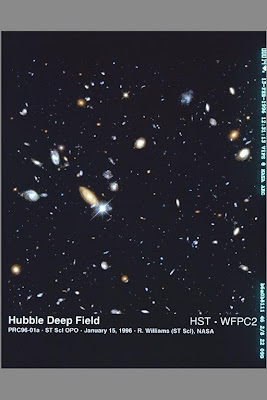
Hmm. Yesterday we visited a well-known high-street retailer (which shall remain nameless), in order to stock up on bits and pieces that have finally - after many years - worn out: in particular, handkerchiefs. (No, strangley I didn't receive any as a Christmas present!)
Well - I was under the impression that there's been a bit of fuss recently over the excessive packaging of goods. Is it just my imagination, or was there something called the "Packaging Directive"?
Anyway - we picked up a 10-pack of cotton hankies. The outer package was a clear-plastic/cardboard case. Fair enough. However, it then transpired that each INDIVIDUAL hanky had been wrapped around its very own cardboard tube and cellotaped into place.
Now I ask you - is that really necessary? Would it not have been sufficient merely to fold the hankies and stack them neatly inside the box? I mean, it's not as though they're exactly fragile. They aren't going to shatter into a thousand tiny pieces if the pack gets accidentally dropped are they?
Well OK - cardboard is recyclable I suppose; but what's the point of producing something solely for it to be re-processed? Even this "laudable" activity has a significant additional energy cost attached to it, for instance. And think about the extra weight of a product due to its packaging, and the fact that it's probably been transported halfway around the globe.
And the example I gave above is only the tip of a huge iceberg.
Recycling should be the next best solution - not the preferred one!
It fair makes my blood boil, I can tell you.
Humph!
M



























